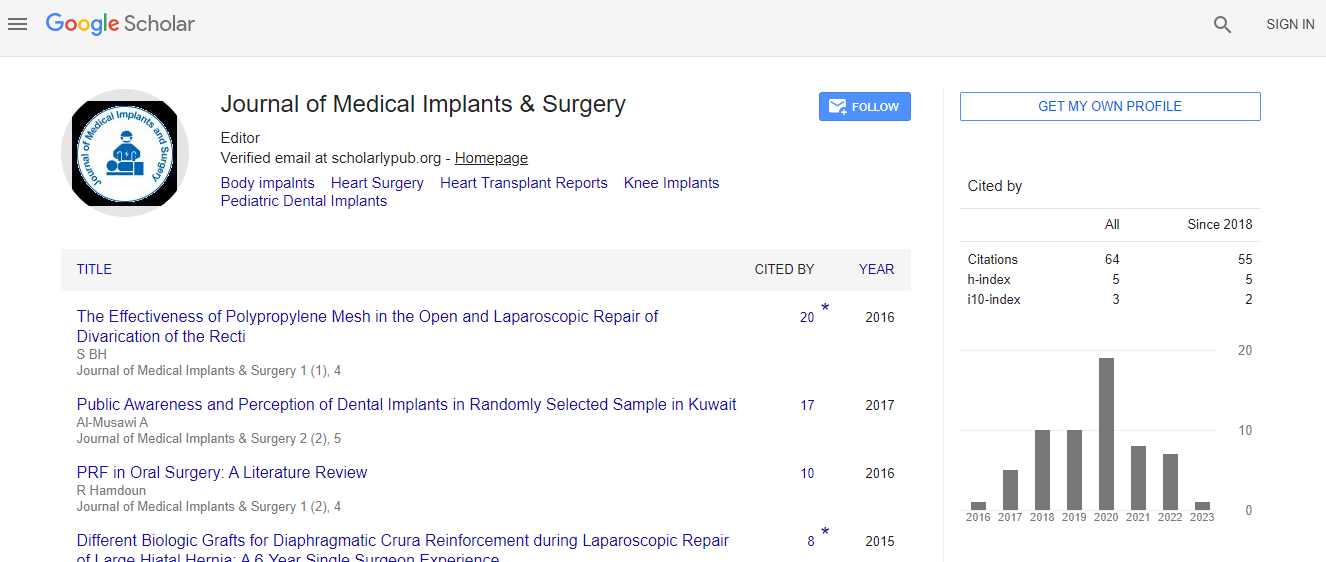Constellation of Rare Complications Following a Acute Pancreatitis: A Case Report
*Corresponding Author:
Copyright: © 2020 . This is an open-access article distributed under the terms of the Creative Commons Attribution License, which permits unrestricted use, distribution, and reproduction in any medium, provided the original author and source are credited.
Abstract
Acute pancreatitis is characterised by inflammation of pancreas which can be of varying severity depending on the local and systemic complications [1]. Pancreatitis can be interstitial which is comparatively mild or associated with necrosis. Necrotising pancreatitis are characterised by non-viable pancreatic tissue associated with surrounding fat necrosis. It can be associated with collections that in acute stage are called acute necrotising collections and in chronic stages are called walled off necrosis (WON) [2]. Severe acute pancreatitis can involve the surrounding gastrointestinal tract leading to formation of a fistula. The causes of it can be the direct erosion of the surrounding organs by the inflammation of pancreas or due to vascular thrombosis causing necrosis of an area of inflammation. It may present as haemorrhage or sepsis [3]. An enterovesical fistula (Figure 1) is an extremely rare complication of necrotising pancreatitis. Pseudoaneurysms are another rare set of complications associated with pancreatitis that can occur due to the pancreatic enzymes eroding the surrounding planes [4]. This case involves the simultaneous presence of these uncommon scenarios in a single patient.

 Spanish
Spanish  Chinese
Chinese  Russian
Russian  German
German  French
French  Japanese
Japanese  Portuguese
Portuguese  Hindi
Hindi 